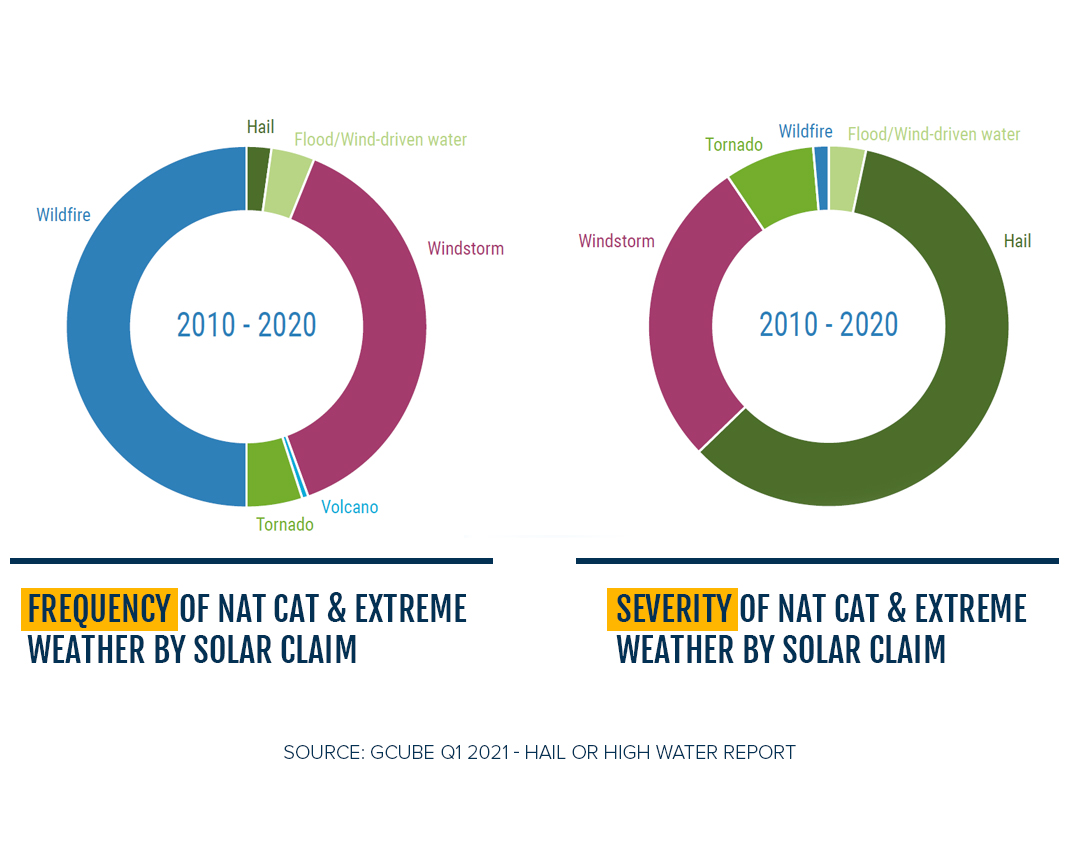ARRAY DuraTrack® and OmniTrack™

The Challenge of High Winds at Utility-Scale Solar Sites

High wind speeds can threaten the structural integrity and efficiency of solar panels.
- Modules can vibrate and rotate, causing costly structural damage, ranging from microcracking of module glass to twisting and shattering of solar panels.
- Costly production losses can result from unnecessary stowing caused by active stow solutions.
ARRAY’s Solution: Passive Wind Stow Technology
ARRAY’s patented safe, passive wind stow technology is a game-changer for our customers. Traditional active stow strategies, while necessary, often lead to significant energy losses. Our solution works to safeguard your equipment from wind-induced damages, optimize energy production and increase reliability. ARRAY’s technology:
- Decreases average annual losses to just 0.05%, compared to the 2.8% from active strategies and spiked as high as 4.3% during the study.
- Is validated by DNV, an independent engineering and design firm.


Key Findings
Our innovative safe, passive stow strategy enhances energy efficiency, resulting in significantly lower energy losses of 0.05% on average (retaining up to 99.95% on average).
In contrast, conventional active stow strategies result in a 2.8% average energy loss (retaining 97.2% of energy on average).
The highest calculated energy loss with conventional active stow strategies is 4.3%.

Time-Lapse Video: Six Hours of High Winds in Just Under Two Minutes
This captivating time-lapse video captured at ARRAY’s test site in Colorado shows six hours of intense wind conditions in 1 minute and 48 seconds. Filmed from 10 am to 4 pm on a day with wind speeds soaring between 33 and 80 mph, the video showcases the incredible endurance of ARRAY solar trackers under extreme weather conditions.
- Visual Proof of ARRAY’s Durability: Witness our solar panels being tested against winds averaging over 50 mph.
- Patented, Innovative Design in Action: Observe the flexibility and resilience built into our system, designed to protect and perform during prolonged, severe wind events.
Discover how ARRAY’s patented, passive stow technology enhances durability and efficiency, ensuring our solar systems withstand even the harshest weather conditions. Click on the timestamps to view each critical event directly.
- 11:50 am: Watch as the first row, on the right, automatically stows at a critical wind speed of 68 mph, while other rows diligently continue to track the sun.
- 12:30 pm: See the same row respond to an increased wind speed of 80 mph by stowing again, ensuring maximum protection.
- 2:10 pm: Follow as the first row stows at another peak of 78 mph, with the remaining rows unaffected and operational.
- 4:00 pm: Row 1 will stay stowed through the night and will resync with the other rows in the morning of the following day.
Overview of the 3rd Party-Validated Study
ARRAY has created a tool that simulates different stow strategies and calculates the energy losses using high-resolution wind data. ARRAY modeled a variety of active stow methods with different parameters. The passive stow method was modeled on the observed behavior of the ARRAY DuraTrack® in high-wind events.
This study has been validated by an independent engineering and design firm DNV.
DNV concluded, “For the cases selected for this study, generally, losses from the passive stow cases were lower than the active stow strategies…”
- In passive stow, most of the rows are still tracking normally even when stow is triggered. When the system is stowed with both interior and exterior stows triggered, only the exterior rows and 17% of the interior rows are stowed and out of alignment with normal tracking. In comparison for active stow, all rows go to stow at some point, even for the tiered cases.
- For the cases in this study, generally, the range of wind speed thresholds for passive stow was higher than active stow. As a result, active stow cases went into stow at lower wind speeds before passive stow cases were triggered.
- Passive stow wind speed thresholds are dependent on wind direction. Thus, the wind direction plays a role in how many rows enter stow. In contrast for active stow, generally, when wind speed exceeds the threshold, all rows go to stow.


Market Trends Related to Wind Events
Stowing solar trackers is essential for minimizing damage and financial losses due to downtime and repairs. This protective measure involves moving them to a safe stow position during high winds, which reduces panel damage by stabilizing the whole system. However, stowing trackers also reduces energy production because they do not follow the sun. This reduction in energy output, while better than zero output, is significant in an industry where efficiency is crucial. Trackers can be stowed using either active or passive methods, each with its own implications and importance to understand.
Learn more about the rising frequency and severity of claims due to traditional natural catastrophes and the emerging threat of extreme weather in GCube’s latest client report, Hail or High Water: The rising scale of Extreme Weather and Natural Catastrophe losses in Renewable Energy.

Secure Your Financial Outcomes and Operational Stability
The risks associated with wind events extend beyond physical damage to solar installations—they also pose significant economic challenges. Key concerns for photovoltaic (PV) sites include:
- Loss of Energy Production: Wind stow events can substantially impact energy output, negatively affecting the bankability and the Levelized Cost of Energy (LCOE) of projects.
- Predictive Challenges: Estimating future energy losses due to wind stow is complex, making financial planning and risk assessment difficult.
- Risk vs. Cost Balance: Operators must navigate the delicate balance between minimizing energy loss and reducing the risk of catastrophic damage to equipment.
Weather events costing $1 billion or more have escalated dramatically, with wind events now ranking as the second highest cause of insurance claims in the last three decades. This trend highlights the critical need for robust and efficient stow strategies to safeguard both physical and financial assets.
ARRAY’s passive wind stow technology not only mitigates these risks by maintaining higher operational efficiency during wind events but also enhances predictability in energy production forecasts. This reliability translates into improved project viability and investment security, helping owners and investors navigate the financial complexities of renewable energy operations with greater confidence.
Key Benefits of ARRAY’s Passive Wind Stow Technology:
- Significantly boosts energy production during wind stow events
- Enhanced structural integrity of solar panels, minimizing risks of microcracking and other damage
- Improved project bankability and lower levelized cost of electricity (LCOE) by maintaining higher energy outputs

Want to learn more about how ARRAY’s technology can protect your solar investments?
Download our detailed white paper, “Is Wind Costing You?” to explore the benefits and science behind our advanced stow strategies.

